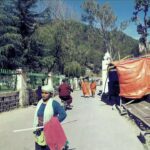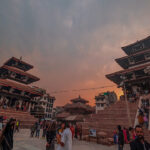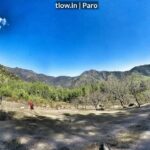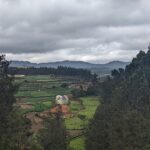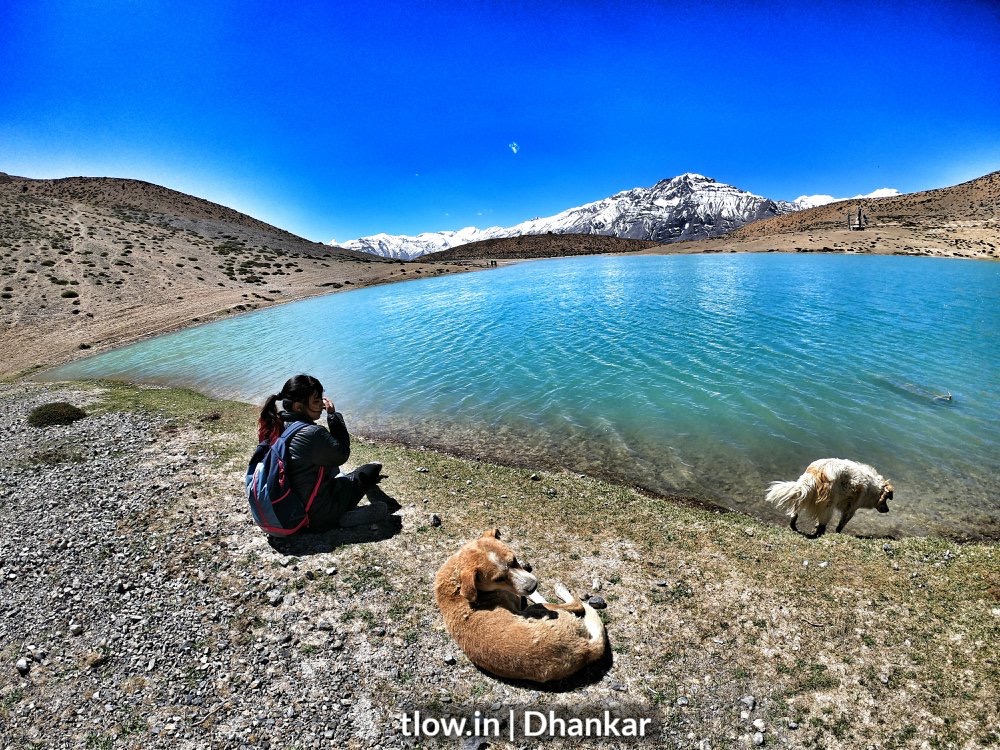
21 Fun facts about Spiti Valley, Himachal Pradesh
The district of Lahaul-Spiti in the Indian state of Himachal Pradesh consists of the two formerly separate districts of Lahaul and Spiti. The present administrative centre is Keylong in Lahaul. The district was formed in 1960. Kunzum la or the Kunzum Pass at 14,931 ft is the entrance pass to the Spiti Valley from Lahaul.
Spiti Valley
It is 21 km from Chandra Tal. This district is connected to Manali through the Rohtang Pass. To the south, Spiti ends 24 km from Tabo, at the Sumdo where the road enters Kinnaur and joins with National Highway No. 22. The language, culture, and populations of Lahaul and Spiti are closely related. Generally, the Lahaulis are of Tibetan and Indo-Aryan Hindu descent, while the Spiti Bhot is more similar to the Tibetans, owing to their proximity to Tibet.
Most of the Lahaulis follow a combination of Hinduism and Tibetan Buddhism of the Drukpa Kagyu order, while the Spiti Bhotia follows Tibetan Buddhism of the Gelugpa order.
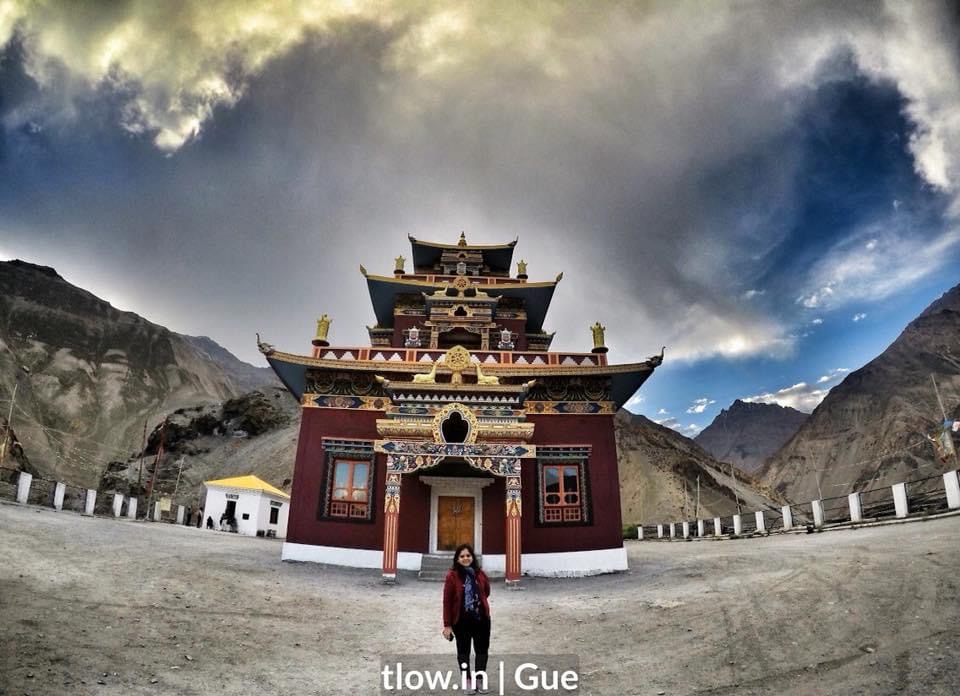
- Spiti Valley is the second least populous district out of 640 districts in India with a population of 31564, according to the 2011 census.
- Bara Shigri is the largest glacier located in the state of Himachal Pradesh, India. It is the second-longest glacier in the Himalayas after Gangotri, both are around 30 km long.
- Lahaul-Spiti has the highest coverage of social security pensions in the state.

- It also has the highest incidence of poverty according to the figures released by the state. Around 43.50% of the total families are living below the poverty line. It is in contrast to the above point and the reason is that the wealth distribution is uneven and Lahaul is comparatively more developed and politically strong compared to Spiti.
- Lahaul-Spiti has the highest per capita income in the state.
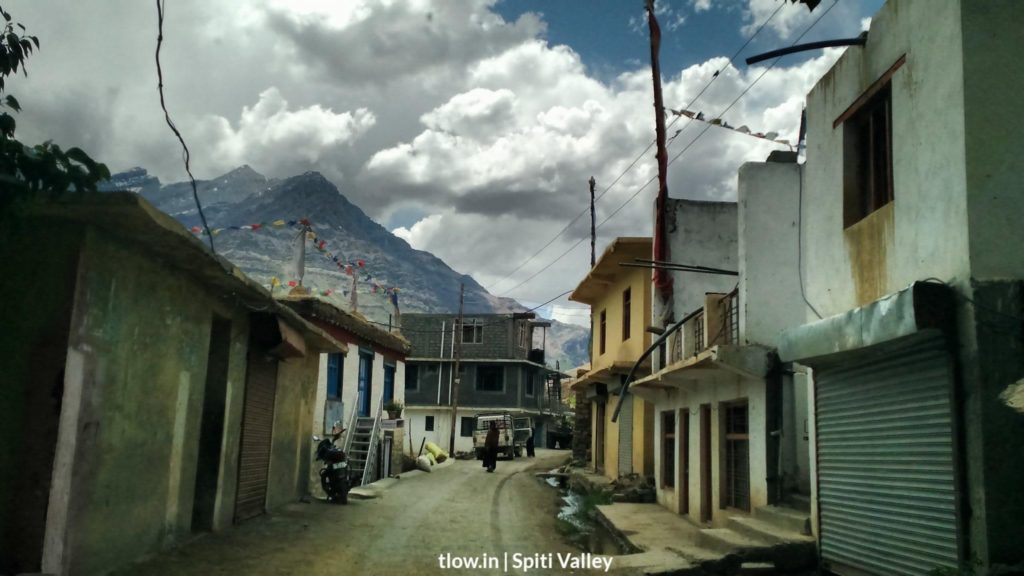
- It also has the highest irrigation intensity for the area under the plough in Himachal, which means most of the cultivable land is used for irrigation.

- The Lahaul Valley is one of India’s major disease-free seed potato-producing regions, with more than 90% of the produce going to states like West Bengal, Bihar and Karnataka.
- Tabo monastery was built in 996 AD and is more than 1000 years old.
- Tabo monastery is referred to as the “Ajanta of the Himalayas” and is also declared as a World Heritage site by UNESCO. It is situated at 3500 metres above sea level.

- Key monastery is the highest altitude monastery in India at 4166 meters and is the second-highest in the world.
- Hikkim is credited to have the world’s highest post office. The pin code is 172114.
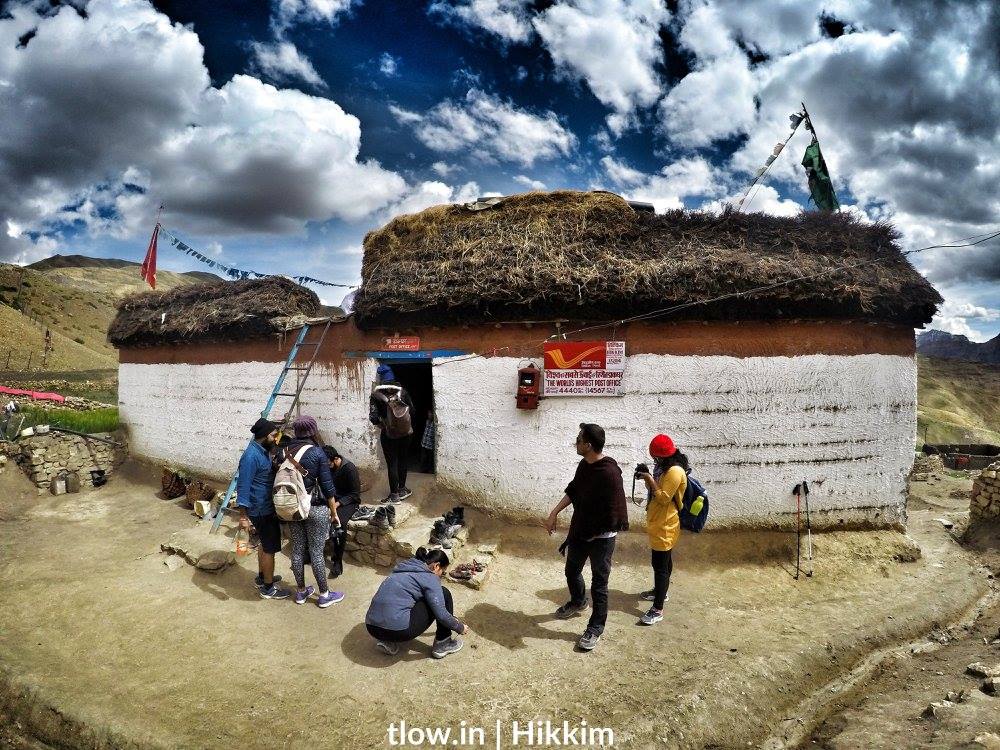
- Hikkim is also credited to have the world’s highest polling station.

- Hikkim village near Kaza is one of the highest year-round inhabited locations in India, with residences from 4330 to 4400 meters.
- Marine fossils found in and around Langza village are supposed to be millions of years old.
- January is the coldest period of a year in Kaza town with an average temperature of -45 °C.

- Tourists from outside India need inner line permits to enter Spiti through Kinnaur.
- The mummy of Sangha Tenzin, which is now kept on display in a temple in Gue, is said to be more than 500 years old.
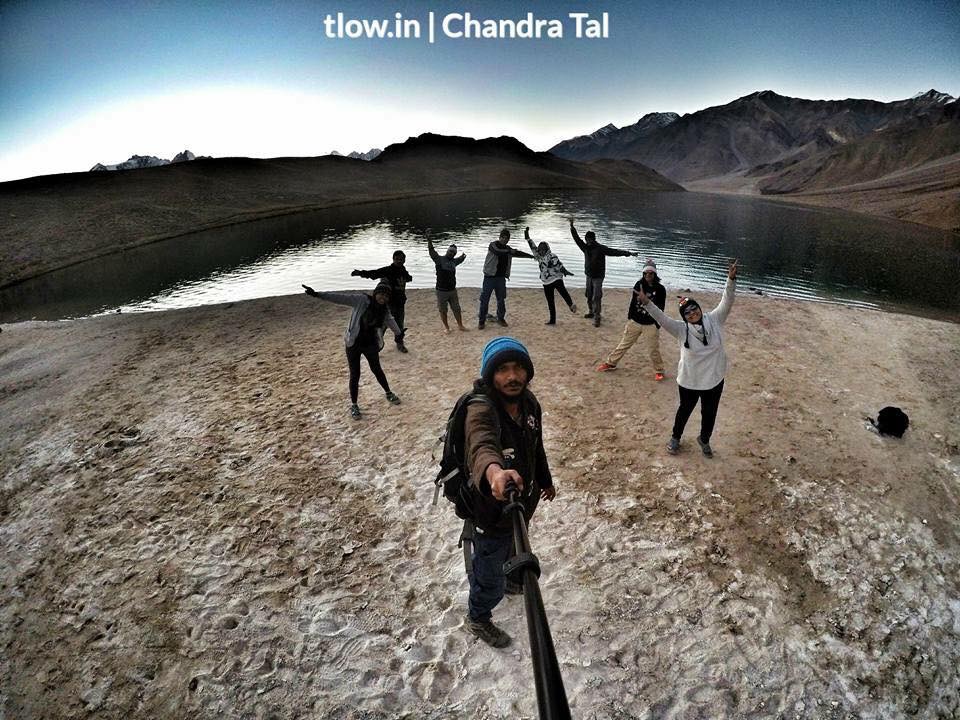
- The Dalai Lama has expressed his desire to retire to Tabo, since he maintains that the Tabo monastery is one of the holiest.

- Before the spread of Tibetan Buddhism and Hinduism, the people were adherents of the religion ‘Lung Pe Chhoi‘, an animistic religion that had some affinities with the Bön religion of Tibet.
- It is the only district which has seen a decrease in its population in the past 10 years. It went down to 31564 from 33224 in 2001 which is roughly -5.10% decrease.
Before the two districts were merged, Kardang was the capital of Lahaul, and Dhankar the capital of Spiti.
–>For a similar experience, >>Click here
–>To plan a trip to Himachal Pradesh, >>Click here


